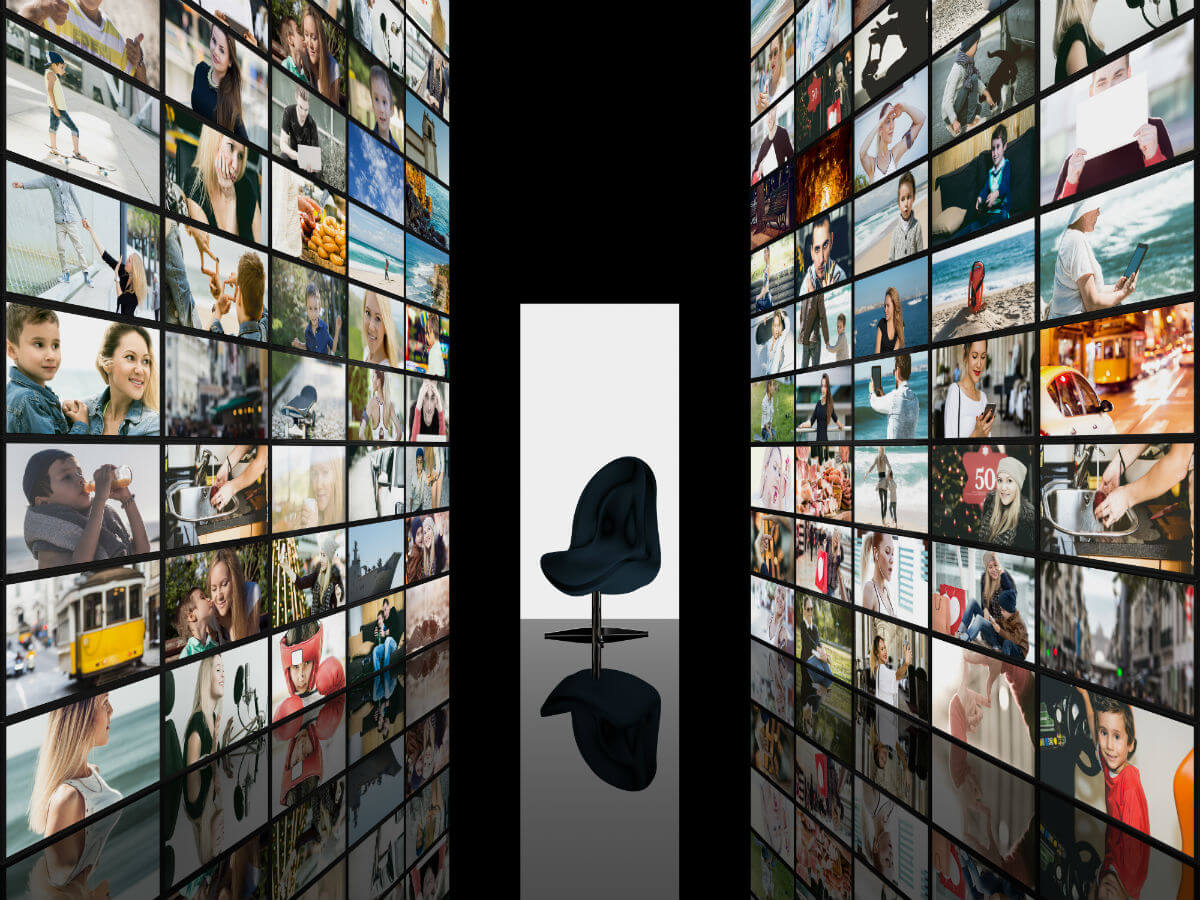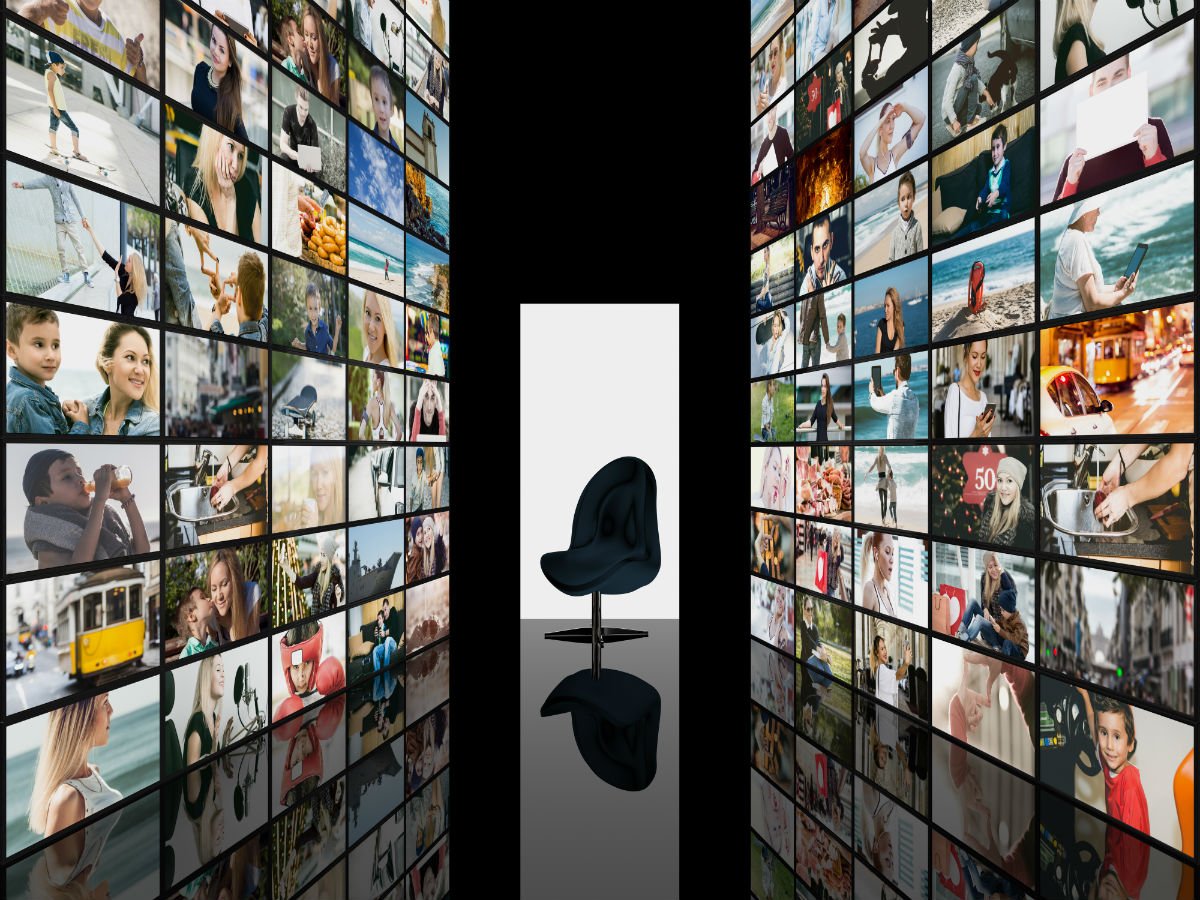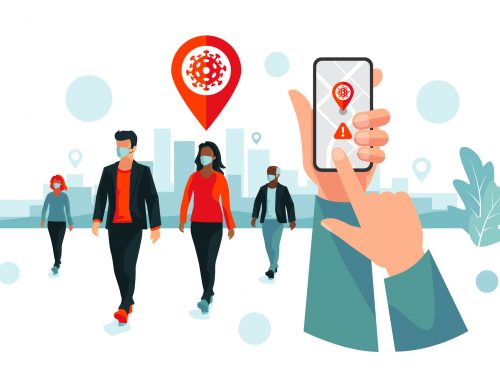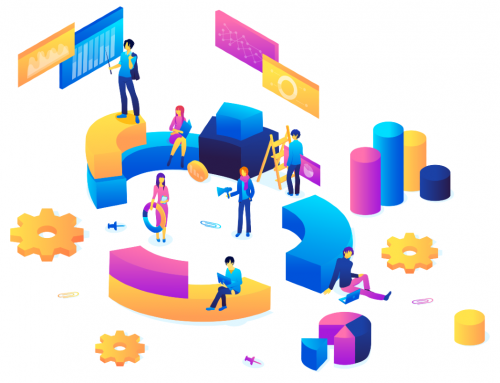We’ve moved beyond wondering where Big Data analytics is heading. The future is happening right now in our businesses, in our cars and in many other areas.
It’s easy to pigeonhole data analytics and especially Big Data as a strictly techie thing. It doesn’t seem to touch other aspects of our lives, like the car we drive or what we eat for breakfast.
But is that 100% true?
The fact is that Big Data and data analytics have moved out of their relatively defined niche and are impacting us in ways we may not even realize. In day-to-day business, in politics, at the supermarket, and in our homes, connected devices are pumping out streams of data that have the potential to create significant changes.
This web of devices is the Internet of Things, or IOT. Basically, IOT is made up of anything that’s connected to the Internet without active human input. This is a diverse category, ranging from machine sensors to web-enabled TVs. Think about any product you’ve seen labeled as “smart†refrigerators, thermostats, washers and dryers. All of these are connected to the Internet, and all of them are part of the IOT.
It?s clear that we?re no longer theorizing when we talk about an interconnected world. In this case, the future is now. So what?s changing?
Big Data in Business
For marketers, the most obvious and immediate benefit of Big Data analytics is the trove of insights it makes available. There’s the opportunity to know your customers rather than just understand segments of your customer base. Brands can foster deeper connections and encourage loyalty and long-term relationships with their consumers. Plus, Internet-connected devices make it easier to send out maintenance information or safety notices.
Other businesses are using Big Data in quite a different way. Consider the mining industry. It?s a dangerous business, one that uses very expensive machinery in very demanding environments. Because of equipment sensor data, it’s possible for mining companies to use remotely-operated machinery 24 hours a day. This is safer and more productive. By incorporating geological data with the sensor data, mining operations can be streamlined. And a lot of money is saved each year by performing data-backed predictive maintenance rather than relying on scheduled preventative maintenance.
These are just two use cases of how companies are employing using Big Data. But what about the individual consumer?
How IOT Data Analytics Impacts Consumers
Big Data isn’t just benefiting companies; it’s helping their customers, too. Perhaps the go-to example here is the smart thermostat, which learns your usage patterns and adjusts the temperature of your home to save money and utilities. But this is just the beginning.
- Managing Home Energy Consumption. By analyzing electrical usage data and then using a special analysis technique to narrow results down to the device level, power companies can enable their customers find and fix energy drains. This can also help customers avoid potentially harmful problems from faulty devices, and it can lead to a more efficient use of resources. (Thus saving money!)
- Cutting Car Insurance Bills. Many car insurance companies offer a safe driving program that uses a small, Internet-connected device to track how well an individual customer drives. The customer that drives well doesn’t just get a break on insurance costs; often, fuel efficiency goes up as well.
Big Data analytics is nearly everywhere. It?s even used in politics to help design campaign strategies, refine speeches, and understand voter sentiments. As connected devices both with and without human input continue to exponentially increase in popularity, the data they generate will lead to even more changes at home, in the office, and on the road.































